
The Most Beautiful Cemeteries in the World & Why You Should Visit
When you hear the word cemetery, what comes to mind? A somber plot of land? Rows of forgotten tombstones cloaked in ivy? Perhaps a chill in the air and a hush that asks you to tread lightly?
But what if I told you that some cemeteries are breathtakingly beautiful—tranquil spaces where art, history, and nature converge in harmony? These are places not just of mourning, but of memory, culture, and sometimes even celebration. Yes, you read that right—cemeteries can be some of the most inspiring destinations on your travels. Let’s dig in (pun intended) and unearth why.
Contents
- Why Visit Cemeteries at All?
- The Most Beautiful Cemeteries in the World
- 1. Père Lachaise Cemetery – Paris, France
- 2. Okunoin Cemetery – Koyasan, Japan
- 3. Recoleta Cemetery – Buenos Aires, Argentina
- 4. Highgate Cemetery – London, England
- 5. Staglieno Cemetery – Genoa, Italy
- 6. Mount Auburn Cemetery – Cambridge, USA
- 7. Waverley Cemetery – Sydney, Australia
- 8. La Recoleta de Xoxocotlán – Oaxaca, Mexico
- 9. Novodevichy Cemetery – Moscow, Russia
- 10. Bonaventure Cemetery – Savannah, USA
- 11. The Merry Cemetery – Săpânța, Romania
- What Makes a Cemetery “Beautiful”?
- Bottom Line
- FAQs
Why Visit Cemeteries at All?
Before we grab our metaphorical passports, let’s confront the elephant in the graveyard:
Why would anyone want to visit a cemetery for pleasure?
The truth is, cemeteries are more than places where the dead rest. They’re open-air museums, sculptural gardens, archives of memory, and reflections of the cultural soul.
Visiting them connects us to the past in the most intimate of ways. Each stone tells a story. Each sculpture whispers symbolism. And the silence? It invites contemplation far richer than any bustling tourist hotspot.
The Most Beautiful Cemeteries in the World
1. Père Lachaise Cemetery – Paris, France
Oh, la belle mort—the beautiful death. If cemeteries had a reigning monarch, Père Lachaise would be it. This Parisian gem is where art, nature, and celebrity rest side by side. Established in 1804, it sprawls across 44 hectares of cobbled paths and shaded glades.
Here lie Oscar Wilde, Édith Piaf, and Jim Morrison, whose graffiti-laden grave draws fans like a rock shrine. But beyond the fame, there’s poetry in the tombs themselves: gothic angels, broken columns, and moss-covered statues evoke romance and melancholy in equal measure.
Want a cemetery that feels like a walk through a decadent novel? Père Lachaise is your chapter one.

2. Okunoin Cemetery – Koyasan, Japan
Step quietly. Okunoin is not just a cemetery; it’s a sacred pilgrimage site in the heart of a mossy forest. Home to over 200,000 gravestones nestled under ancient cedar trees, it’s one of Japan’s most venerated spiritual sites.
Monks still chant sutras as you walk past weathered statues of Jizo, the protector of lost souls. At dusk, lanterns flicker like fireflies and the air hums with reverence. You don’t just visit Okunoin—you feel it.
This is not a place of death, but of spiritual continuity. Here, the line between the living and the departed thins like morning mist.

3. Recoleta Cemetery – Buenos Aires, Argentina
Imagine Venice, but instead of canals, you wander through marble mausoleums. Welcome to Recoleta, where Buenos Aires’ elite rest in baroque splendor. This cemetery isn’t just a burial ground—it’s a statement piece.
You’ll find over 6,400 statues, vaults, and coffins arranged like a mini-city of the dead. The tomb of Eva Perón, Argentina’s beloved first lady, is the most visited—but every path tells a political or romantic story.
Recoleta is theatrical, flamboyant, and unapologetically ornate. Visiting it is like stepping onto the set of a noir film, complete with gothic drama and marble flair.

4. Highgate Cemetery – London, England
Dark, tangled, and wonderfully eerie—Highgate is Victorian romanticism at its peak. Overgrown ivy, crumbling crypts, and twisting paths create an atmosphere worthy of a Brontë novel.
This is where Karl Marx and George Eliot rest, but it’s not just the headliners that steal the show. The real charm lies in the forgotten corners: angel statues peeking through brambles, sun-dappled tombs, and mysterious mausoleums half-swallowed by time.
Highgate is for those who like their beauty tinged with mystery. It’s not manicured—it’s mythic.
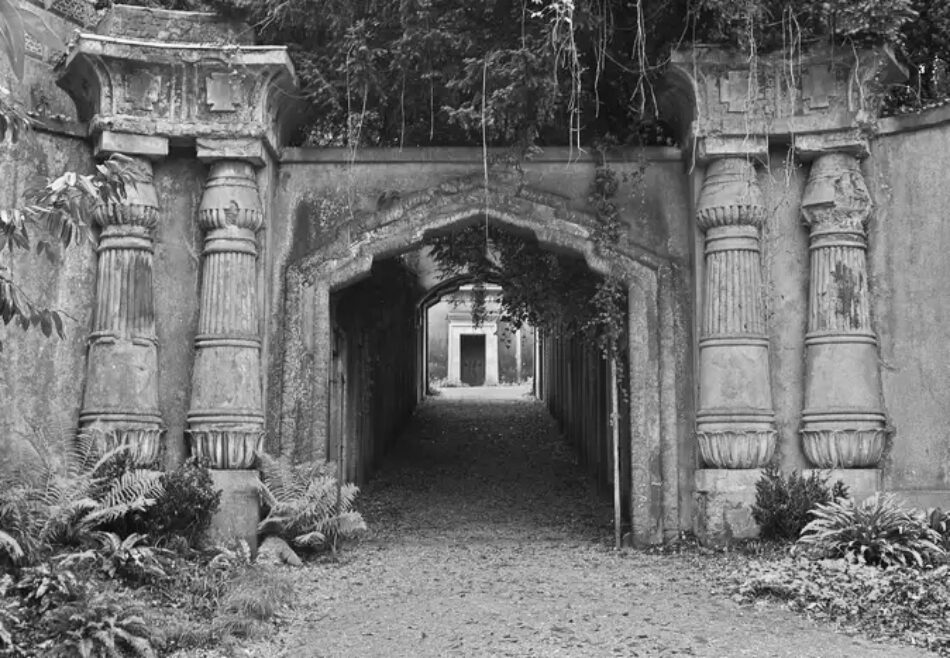
5. Staglieno Cemetery – Genoa, Italy
If cemeteries had Oscars for sculpture, Staglieno would win, hands down. This Italian necropolis is world-renowned for its marble masterpieces that rival anything in Florence.
Grieving widows, contemplative angels, and allegorical figures are so exquisitely lifelike you’ll want to whisper apologies for staring. The attention to detail is staggering: lace carved into stone, teardrops frozen in time.
Mark Twain once called it “one of the wonders of the world,” and we’re inclined to agree.
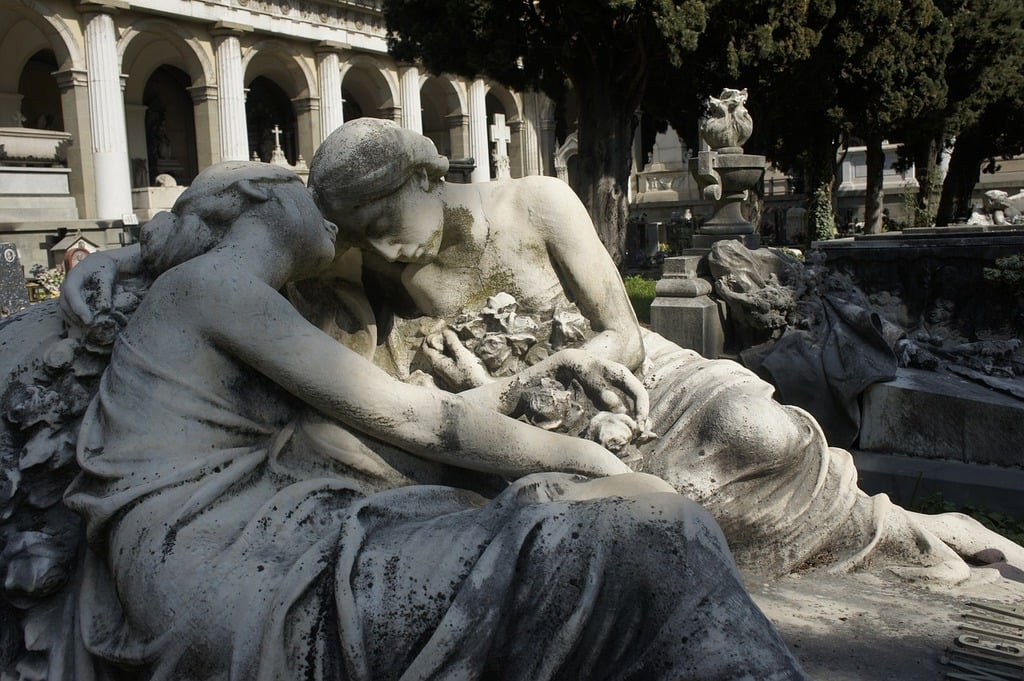
6. Mount Auburn Cemetery – Cambridge, USA
Welcome to America’s first landscaped cemetery—and what a trendsetter it was. Founded in 1831, Mount Auburn merges the botanical with the memorial. With over 175 acres of rolling hills, it’s more park than graveyard.
Birdsong, flowering trees, and carefully curated vistas create a space of serene beauty. It inspired the creation of urban green spaces across the U.S., including New York’s Central Park.
This is a cemetery where you’re encouraged to picnic, reflect, and soak in nature’s quiet lessons on life and death.
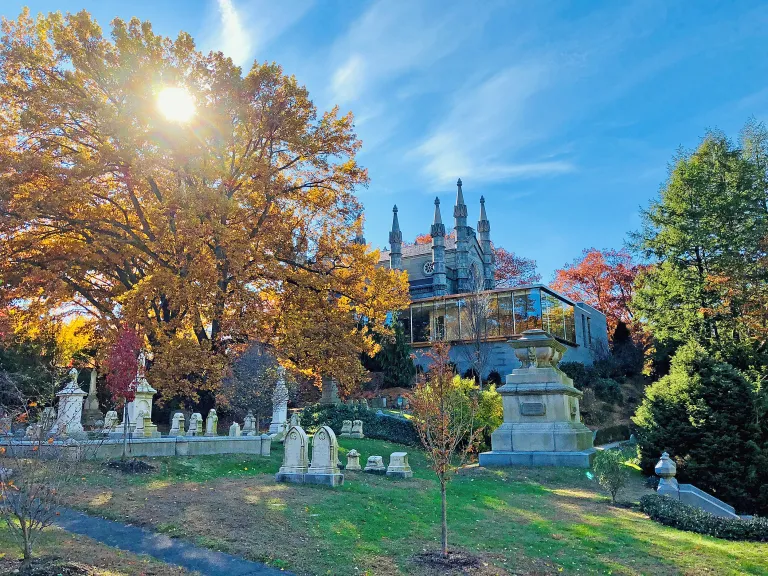
7. Waverley Cemetery – Sydney, Australia
Perched on coastal cliffs with sweeping ocean views, Waverley might just have the most scenic real estate in the afterlife. It’s as if the dead were promised an eternal sea breeze.
Founded in 1877, Waverley is known for its white marble headstones that gleam under the Australian sun, and its poetic residents—among them, writers and artists who shaped the nation’s literary soul.
This cemetery is for those who find comfort in the endless horizon and the lullaby of waves.
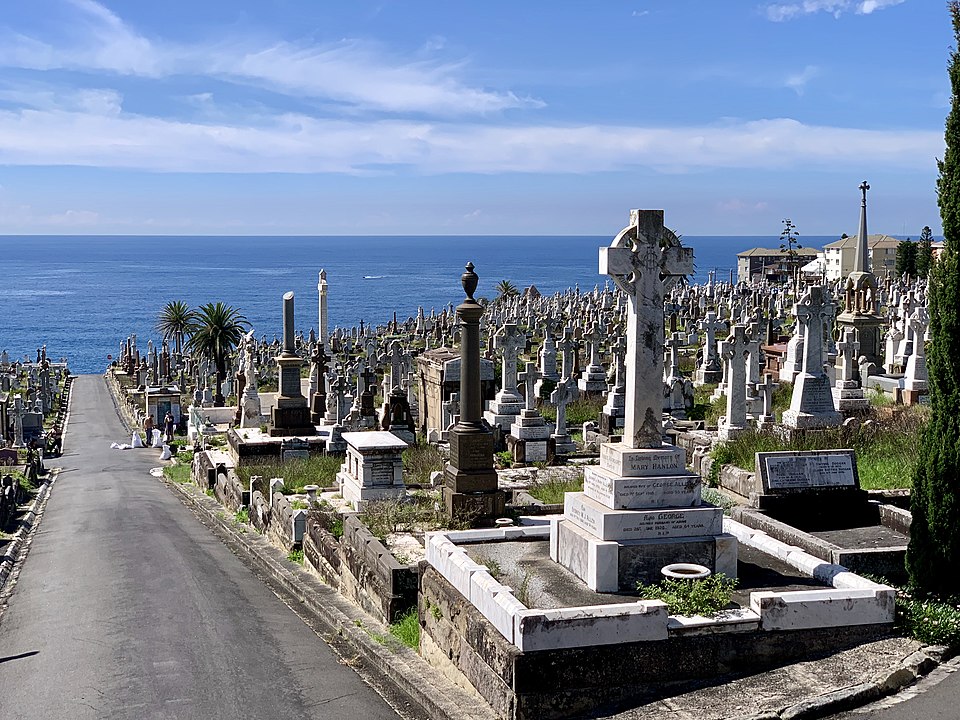
8. La Recoleta de Xoxocotlán – Oaxaca, Mexico
In Oaxaca, cemeteries are not solemn—they’re vibrant. La Recoleta transforms during the Day of the Dead, when families return to commune with their ancestors.
Graves are adorned with marigolds, candles, and offerings. The air is rich with incense and laughter, music and memory. It’s not morbid—it’s magical.
Here, beauty is cultural, cyclical, and very much alive.
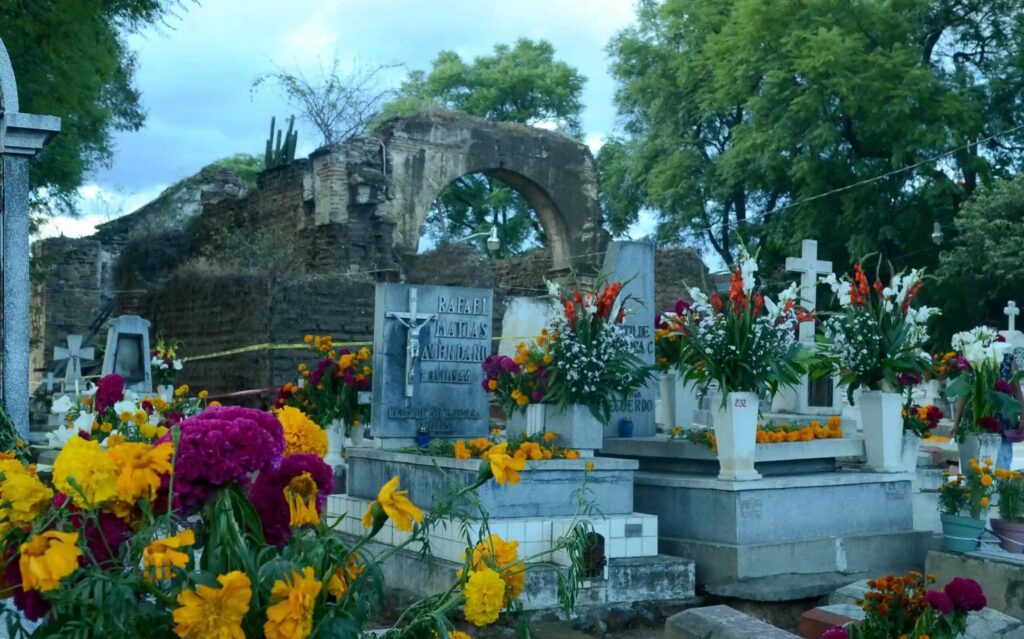
9. Novodevichy Cemetery – Moscow, Russia
If you prefer your cemeteries with a dash of political drama, Novodevichy delivers. This is the final resting place of Russia’s elite: writers like Chekhov, politicians like Nikita Khrushchev, and cultural icons like Shostakovich.
Elaborate tombs blend socialist realism with Eastern Orthodox tradition. Sculptures range from stern busts to romantic figures draped in sorrow. It’s a masterclass in symbolic gravitas.
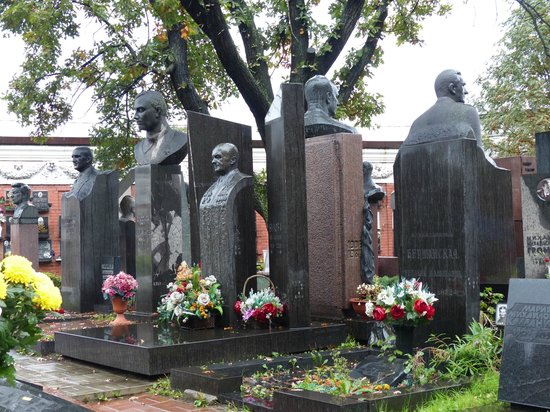
10. Bonaventure Cemetery – Savannah, USA
Southern Gothic in all its haunted glory. Bonaventure, made famous by Midnight in the Garden of Good and Evil, is draped in Spanish moss and Southern charm.
Wander among dogwoods, azaleas, and wrought-iron fences while reading inscriptions that span centuries. It’s not just beautiful—it’s cinematic.
There’s a lyrical quality to Bonaventure, as if every tombstone sighs a Southern ballad.
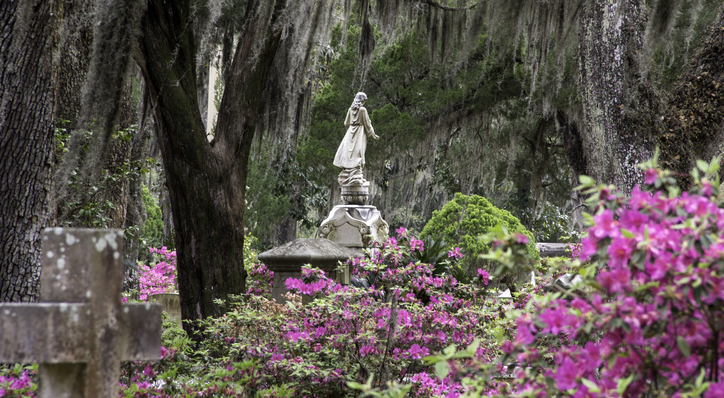
11. The Merry Cemetery – Săpânța, Romania
Death, but make it joyful. That’s the philosophy behind the Merry Cemetery in the tiny Romanian village of Săpânța. Unlike the solemn gray of most burial grounds, this cemetery bursts with color, humor, and personality.
Each grave is marked with a vividly painted wooden cross, adorned with folk art and a poem or epitaph that candidly—often humorously—summarises the life (and sometimes the cause of death) of the person buried there. Think of it as a storytelling festival carved into wood.
Some are touching. Others will make you laugh out loud. And all reflect the local belief that death is not an end, but a continuation. The Merry Cemetery is a celebration of life in full folkloric bloom.
It’s not just beautiful—it’s brilliantly human.

What Makes a Cemetery “Beautiful”?
Beauty, in cemeteries, is subjective. Some are drawn to sculptural artistry. Others to the raw power of nature reclaiming marble. Some feel peace in symmetry and order; others, in quiet chaos.
But the common thread? A sense of place. A respect for the past. And a silent invitation to pause and remember.
Bottom Line
Cemeteries are not places to fear—they are places to feel. They remind us that death, while final, is also deeply human. In their silence, they speak volumes about how we live, love, and leave behind.
So next time you travel, consider adding a cemetery to your itinerary.
Not for the morbid thrill, but for the unexpected beauty waiting beneath the lichen and stone.
FAQs
Yes, provided they’re approached with respect. Cemeteries are public heritage sites and deserve the same consideration as museums or monuments.
Early morning or late afternoon provides ideal lighting for photography and a peaceful ambiance.
Generally yes, but always check local rules and avoid photographing mourners or private ceremonies.
The 19th-century rural cemetery movement emphasized beauty, nature, and reflection—an antidote to crowded urban burial grounds.
A map (many are large!), water, respectful attire, and curiosity. And don’t forget your camera—but use it mindfully.

Leave a Reply